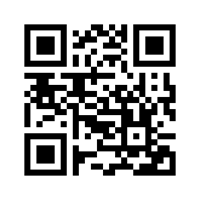
Goddard Space Flight Center, Greenbelt, Maryland 20771
ENGINEERING COLLOQUIUM
Monday, March 9, 2015 / 3:30 PM, Building 3 Auditorium
Dave Folta
"The Interplanetary Transport Network"
ABSTRACT -- With careful trajectory planning, we can carry out missions that would otherwise be impossible with the rockets we have available. One familiar example of this method is the Voyager spacecraft, which used gravity assists to visit all of the gas giants of the outer solar system. Other examples include GFCS's Wind and ISEE-3 missions which utilized lunar gravity to achieve unique orbits close to Earth or to flyby a comet.
The gravity assist flybys are examples of using trajectory design to reduce the need for propulsion, or to fly missions that would be impossible with the currently available propulsion. NASA's Vision for Space Exploration includes missions that will require these established gravity assists plus new and innovative trajectory design methods. The new methods will use concepts such as "chaos dynamics" as applied to the solar system.
SPEAKER -- David Folta is part of Goddard's Navigation and Mission Design Branch, Code 595. He has supported eighteen GSFC missions spanning Low Earth, Sun-Earth and Earth-Moon Libration, Lunar, Cometary, and planetary missions as well as technology development such as NASA's first autonomous formation flying mission, EO-1. He is currently the Mission Design and Navigation Lead for GSFC's MAVEN mission and leads flight dynamics reviews for the OSIRIS-REx mission. His current research includes libration and lunar missions, exploration initiatives, Human Exploration and Operations Mission Directorate (HEOMD) concepts, and applications of dynamical systems and trajectory optimization.
Mr. Folta has been recognized for his accomplishments with the NASA Distinguished Service Medal, the Moe I. Schneebaum Award, and the NASA Medal for Exceptional Service. He pioneered research and applications of Dynamical Systems Theory (Manifolds) for libration point mission design and directed development of design tools used for all libration orbiting missions.
For the ARTEMIS mission, he designed a trajectory which took two Earth-orbiting THEMIS spacecraft to a lunar station. The year-long path minimized fuel burn by using a dynamical system approach combined with lunar multiple flybys.
Colloquium Committee Sponsor: David Simpson
Engineering Colloquium home page: https://ecolloq.gsfc.nasa.gov